The Japanese camera manufacturer Nikon offers a well thought-out selection of lenses, even though it cannot quite keep up with its probably biggest competitor Canon at the moment in terms of the size of the range. Nevertheless, beginners and professionals alike are enthusiastic about the versatility and, above all, the quality of Nikon lenses. Every focal length from eight to 800 millimetres is covered. Ultra-wide-angle shots as well as extreme telephoto shots are accordingly possible. The filter threads of the smallest lenses are 39 millimetres and end at 122 millimetres for the largest models. The Nikon lenses bear the name Nikkor and are suitable for a wide range of applications:
landscape and architecture photography, portrait and macro photography, travel and street photography, and sports and wildlife photography.
Almost three quarters of the lenses are specially designed for the FX sensor format and are therefore suitable for full-frame cameras. The names of Nikkor lenses usually start with the abbreviation "AF", which indicates that the lens has autofocus. This means that the built-in motor for focusing automatically focuses on the desired subject - usually almost silently and extremely quickly. Lenses with the abbreviation "E" are also widespread in the Nikon range. The abbreviation means that the aperture mechanism works electromagnetically, so that the aperture blades are directly controlled by a servo. Accordingly, the accuracy of the exposure is particularly high - which is a great advantage when taking quick series of pictures. G lenses, on the other hand, are controlled from the camera with a mechanical coupling. You will also look in vain for an aperture ring with the models from the G series, because you set the aperture directly on the camera. Many lenses from the Nikon range are particularly fast with an aperture of 1:1.4 and are well suited to "available light" photography.
Do you want to learn more about Nikkor lenses? Having trouble deciding on a model? Then read on in the shop section below, where we have compiled more detailed information about the company and its lens selection.
Nikon was founded in 1917 and focused directly on producing optical devices such as binoculars and microscopes. Later, lenses and digital cameras were added. Many photographers are especially familiar with the Nikon cameras of the Coolpix series, but the mirrorless system as well as the SLR cameras also enjoy great popularity among many photographers. In 1959, the F bayonet was introduced, which is still used today in a further developed version and is one of the most widespread bayonet systems for interchangeable lenses. In 1977, the F bayonet was extended with the Ai connection to offer, together with the Ai lenses, the possibility to pass on the aperture information from the lens to the camera. The further development to the Ai-S standard made it possible to also control the lens by means of automatic aperture control, so that the aperture setting could be made via the camera for the first time. Finally, in 1983, focusing assistance by means of autofocus was introduced and was used for the first time on the lenses for the F3 AF. At that time, the AF motor was built directly into the lens and was moved into the camera body with later SLR cameras. In the modern models with ultrasonic motor, the autofocus is now located in the lens housing again. Accordingly, the Japanese company was significantly involved in all kinds of important developments in photography.
You can already deduce all kinds of information from the name of the lenses. All models are called "Nikkor". If there is a "1" in front of the name, it is a lens for mirrorless system cameras. Without this addition, it is a lens for SLR cameras. In addition, you will find further information on the lens such as the light intensity, the focal length and special application possibilities - such as fisheye or micro. Furthermore, there are all kinds of abbreviations that can be included in the product name:
The AF and AF-S abbreviations stand for the fact that it is a lens with autofocus. This means you can focus on the subject at the touch of a button. The models with AF-S have a particularly quiet and fast focusing motor. They are to be preferred especially for video and macro photography. Even more modern motors are found in the AF-P lenses: these are stepper motors that work even quieter and faster.
The lenses marked DX are only suitable for DSLRs equipped with a DX sensor. Such an APS-C format sensor is not as large as the sensor of a full-frame camera. Accordingly, the image circle is different. If a DX lens were used on a full-frame camera, there would be unsightly vignetting at the edges. On the other hand, DX-Nikkor lenses are much more compact, lighter and cheaper.
Lenses with a "G" in the product name do not have an aperture ring, so the aperture setting has to be made via the camera body. An "ED" indicates that at least one ED lens is included in the lens, which reduces chromatic aberration. Lenses that work with internal focusing are given the suffix "IF"./p>
Models that have an image stabiliser are marked with the abbreviation for "Vibration Reduction": VR. The lenses that have an even more powerful second-generation image stabiliser are given the abbreviation "VR-II".
The abbreviation "AW" is so far only found on the lenses for the mirrorless system cameras and means that the lenses are waterproof. They are also frost-proof down to minus ten degrees Celsius and shock-proof from a drop of up to two metres.
The following summary once again shows you all the important advantages and the few disadvantages of Nikkor lenses:
Great choice from wide-angle to telephoto zoom lenses
Many wide-angle models in the range
Numerous high-quality fixed focal lengths available in the portfolio
Excellent feel
Extremely high quality - visually and mechanically
Higher purchase price than lenses from third-party manufacturers such as Tokina, Sigma or Tamron
Canon's selection is currently even more extensive
All in all, the company offers a suitable lens for every area of use, although the portfolio may still be somewhat smaller compared to Canon. Nevertheless, the lenses cover all areas of application from landscape photography, architecture and portrait photography to sports and wildlife photography. The quality here is optically and technically so good that you won't make a mistake with such a lens, because the higher purchase price is definitely worth it.
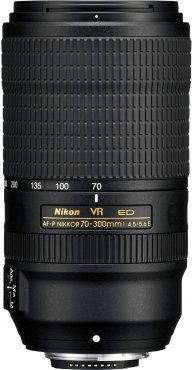
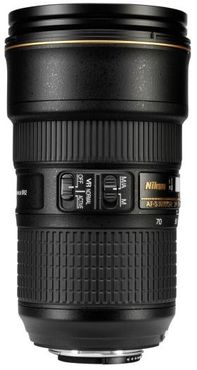
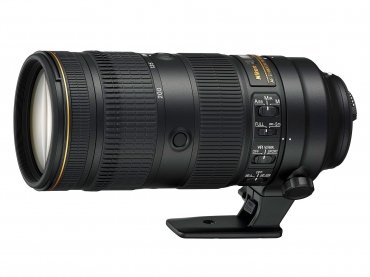
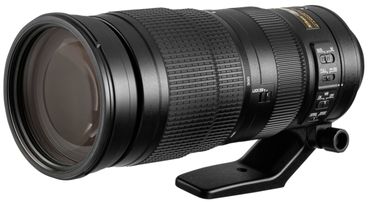
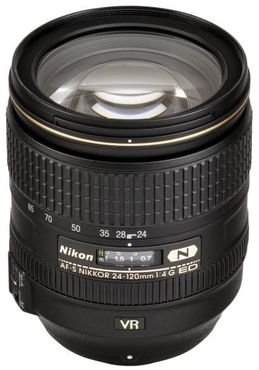
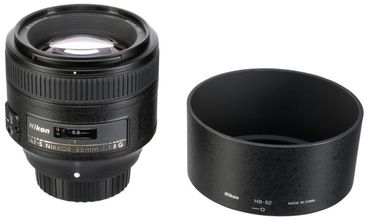
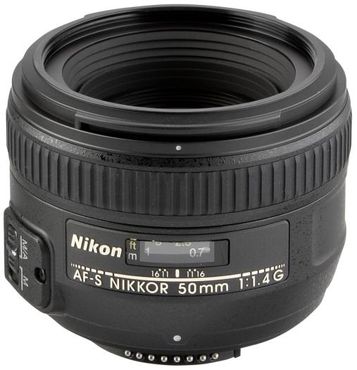
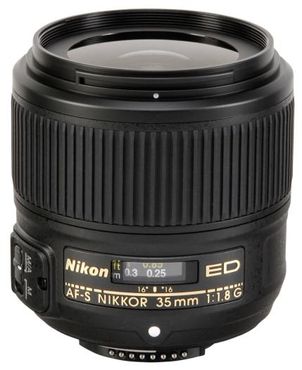
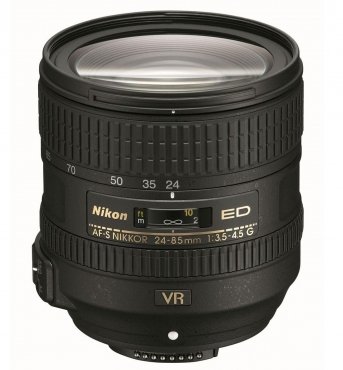
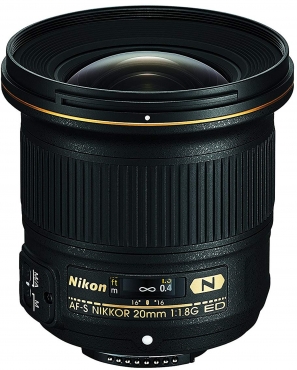
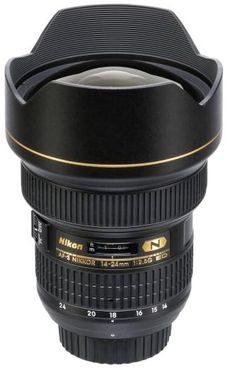

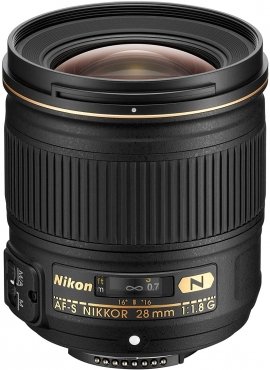
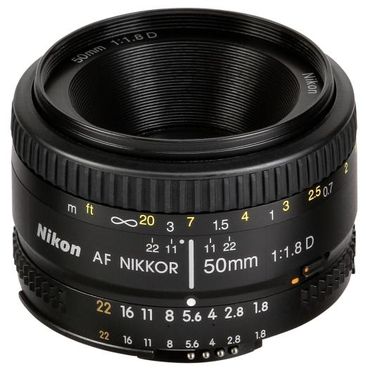
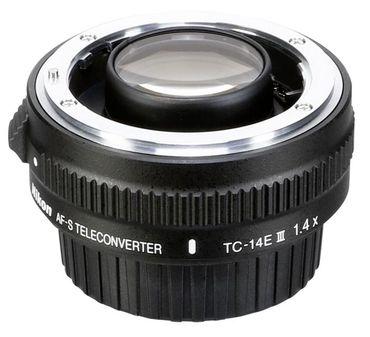
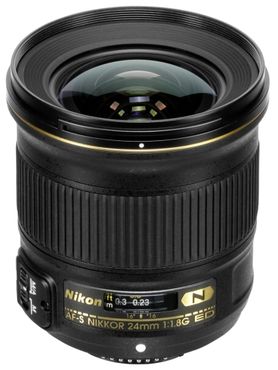
Simply subscribe and benefit as a newsletter recipient every week: